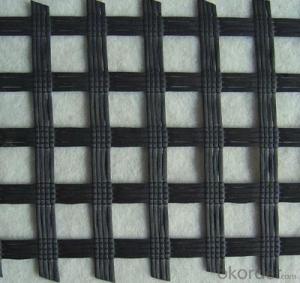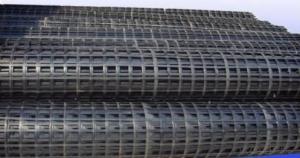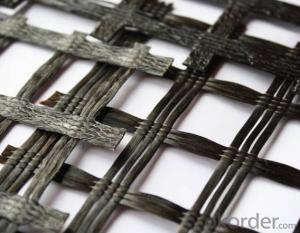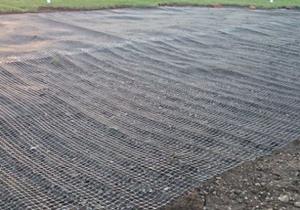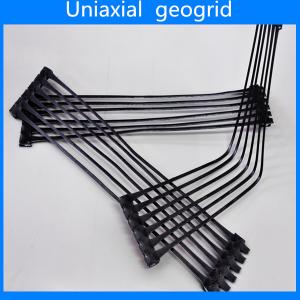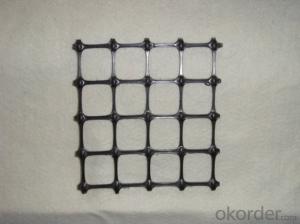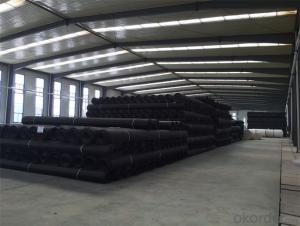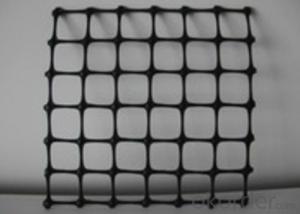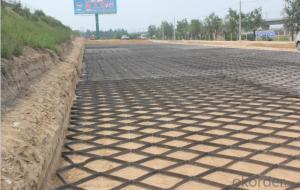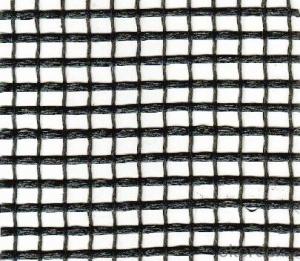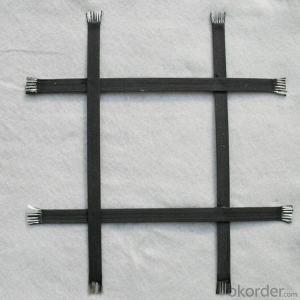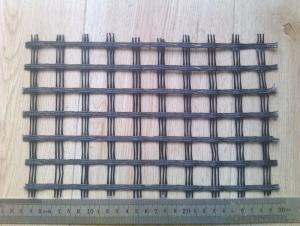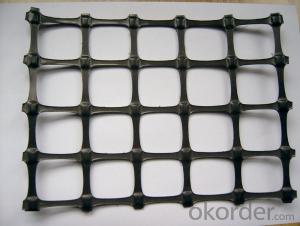Rx 1100 Geogrid
Rx 1100 Geogrid Related Searches
Rx1200 Geogrid Bx 1200 Geogrid Sbx 11 Geogrid Geogrid Bx1100 Tensar Bx 1200 Geogrid Tensar Bx1100 Geogrid Nx850 Geogrid Tensar Bx1200 Geogrid Biaxial Geogrid Bx1100 Tensar Geogrid Bx1100 Nx750 Geogrid Tensar Bx1100 Biaxial Geogrid Biaxial Geogrid Bx1200 Tensar Ux Geogrid Geogrid Machine Sbx12 Geogrid 3xt Geogrid Tenax Geogrid Bx1200 Geogrid Specification Tensar Bx1200 Biaxial Geogrid Miragrid 3xt Geogrid Plaxis Geogrid Extruded Geogrid Triax Geogrid Tx 130 Geogrid 5xt Geogrid Geogrid Layer Tensar Biaxial Geogrid Bx1200 Uniaxial Geogrid Tensar Tx 130 GeogridRx 1100 Geogrid Supplier & Manufacturer from China
Rx 1100 Geogrid is a high-performance geosynthetic product designed to enhance the stability and load-bearing capacity of soil structures. It is manufactured with a unique process that combines high-strength polyester yarns with advanced knitting techniques, resulting in a durable and reliable geogrid solution for various civil engineering applications. This geogrid is widely used in applications such as road construction, slope reinforcement, and soil stabilization, where its ability to distribute loads evenly and prevent soil movement is crucial for the overall integrity of the project.The Rx 1100 Geogrid is particularly effective in situations where soil conditions are challenging, such as with weak or unstable subgrades, as it helps to reinforce and strengthen the soil, preventing deformation and failure. By incorporating this geogrid into the construction process, engineers can achieve greater load distribution, improved stability, and extended lifespan for the infrastructure. This makes it an indispensable tool for projects that demand high levels of durability and performance, ensuring that the end result is both safe and long-lasting.
Okorder.com is a leading wholesale supplier of Rx 1100 Geogrid, offering a comprehensive inventory that caters to the needs of various industries and projects. With a commitment to quality and customer satisfaction, Okorder.com ensures that each Rx 1100 Geogrid product is manufactured to the highest standards and is available for quick delivery to meet the demands of construction timelines. By partnering with Okorder.com, customers can rest assured that they are receiving a top-quality geogrid solution that will perform reliably in their specific application.
Hot Products
